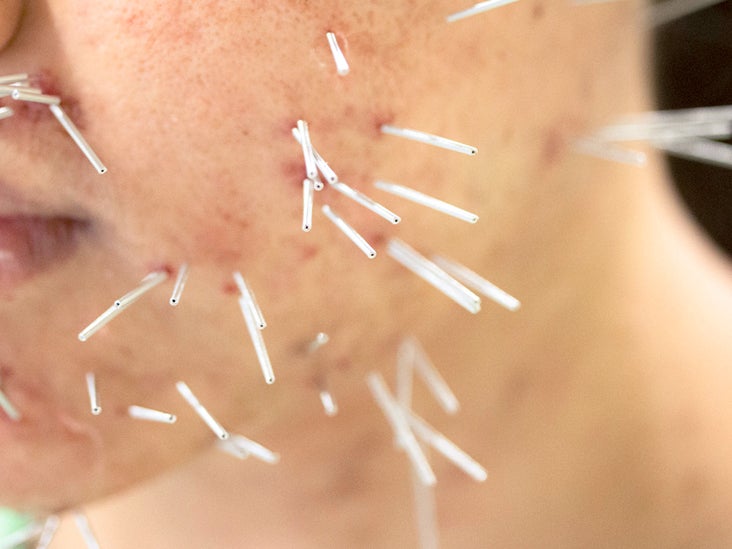05 APRIL 2018
German researchers confirm the effectiveness of acupuncture for the treatment of allergies and sinus disorders. In an eight week clinical trial, patients receiving acupuncture required less medications and had fewer seasonal allergic rhinitis symptoms than control groups.
Likewise, quality of life scores were significantly better in the acupuncture group than in either control group. Based on the evidence, the Charité – Universitätsmedizin Berlin researchers conclude that “acupuncture treatment was more effective than the symptomatic drug intervention.”
The researchers screened 1,588 patients and accepted 414. Eligibility was determined at the outset of the local pollen season (i.e., March–May). All patients had seasonal allergic rhinitis for a least two years. The inclusion age range was limited (16–45 years).
Participants in both the verum acupuncture treatment group and the sham acupuncture control group were blinded to treatment group allocation. The patients did not know whether they received real or sham acupuncture.
An additional control group received only antihistamine medication (i.e., cetirizine). Two patients also took methylprednisolone.
A total of 60% of acupuncture patients self-administered antihistamine medications during the eight week treatment intervention period. A total of 71% of patients in the sham control group self-administered antihistamines and 82% self-administered antihistamines in the drug-only group.
Patients in the acupuncture group used antihistamines 8.92 days on average during the intervention period. Sham acupuncture group patients used antihistamines for an average of 13.41 days and the drugs-only group for an average of 18.07 days.
Acupuncture patients did not increase use of drugs from onset to the peak of pollen season. Patients in the other control groups increased antihistamine consumption.
The researchers add, seasonal allergic rhinitis “symptoms decreased significantly in the acupuncture group compared with the other study groups.” Patients receiving verum acupuncture were needled at the following acupuncture points:
- LI4 (Hegu)
- LI11 (Quchi)
- LI20 (Yingxiang)
- Yintang (extra)
At a minimum, three of the following eight acupuncture points were added during each treatment session:
- Bitong (extra)
- GB20 (Fengchi)
- LV3 (Taichong)
- LU7 (Lieque)
- ST36 (Zusanli)
- SP6 (Sanyinjiao)
- TB17 (Yifeng)
- BL13 (Feishu)
In addition, at least three more acupuncture points were added per each acupuncture session. The acupuncture treatment group received eight weeks of true acupuncture treatment. In summary, patients receiving acupuncture had less drug intake and less symptoms than patients in the medication-only or sham acupuncture control groups.











